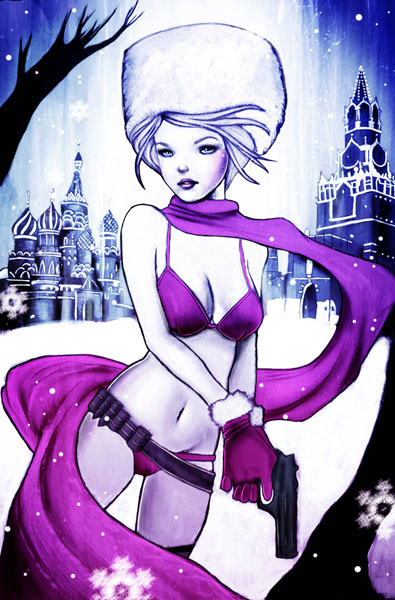“Only silly Dorothys arrive in a magical land and want to go home.”

The latest trade collection of the Vertigo series, Fables, takes us to volume 18 collecting issues 114 to 123 – marking 10 years of the series. The usual contributors are present again with writer Bill Willingham and artists Mark Buckingham and Steve Leialoha. There are two stories in this collection the eight issue title story and a two issue story, The Destiny Game, featuring art from guest artist Gene Ha.
The main story, Cubs in Toyland, follows on from Therese receiving the odd Christmas present of a toy boat in the last volume. The present becomes even odder when it starts to talk to her and whisks her away to a land of toys looking for a queen. But this toyland is a dark place with broken down toys who all hide a dark secret of their own and will do anything and sacrifice anyone to be restored to their former glory.
The second story, The Destiny Game, features a grown up Ambrose, one of Snow and Bigby’s cubs, relating a tale of his father and how his fate was decided by an encounter with a woman who can pass the fate of others onto different people.
Another solid entry in the Fables canon. The only problem that I have with the recent collections is that, since the defeat of Mister Dark, the wider story of the general population of Fables has been marginalised to just a handful of pages – both in this book and the previous one. The focus has instead been on Snow, Bigby and their family and while the stories are interesting and entertaining, I miss the wider canvas available when a more diverse mix of Fables are brought into the story. But like I say a minor quibble in an otherwise great series as it heads into its second decade.
The Bufkin tale that had been running through the main story is missing from this volume. Looking at the Vertigo web site pages for the single issues, it looks like #114 was the start of a back up feature that starred Bufkin and his adventures in Oz. These are not reprinted in this volume but I hope that they will be collected together along with the standalone issue #124, which was the end of that storyline, in the next trade collection.











